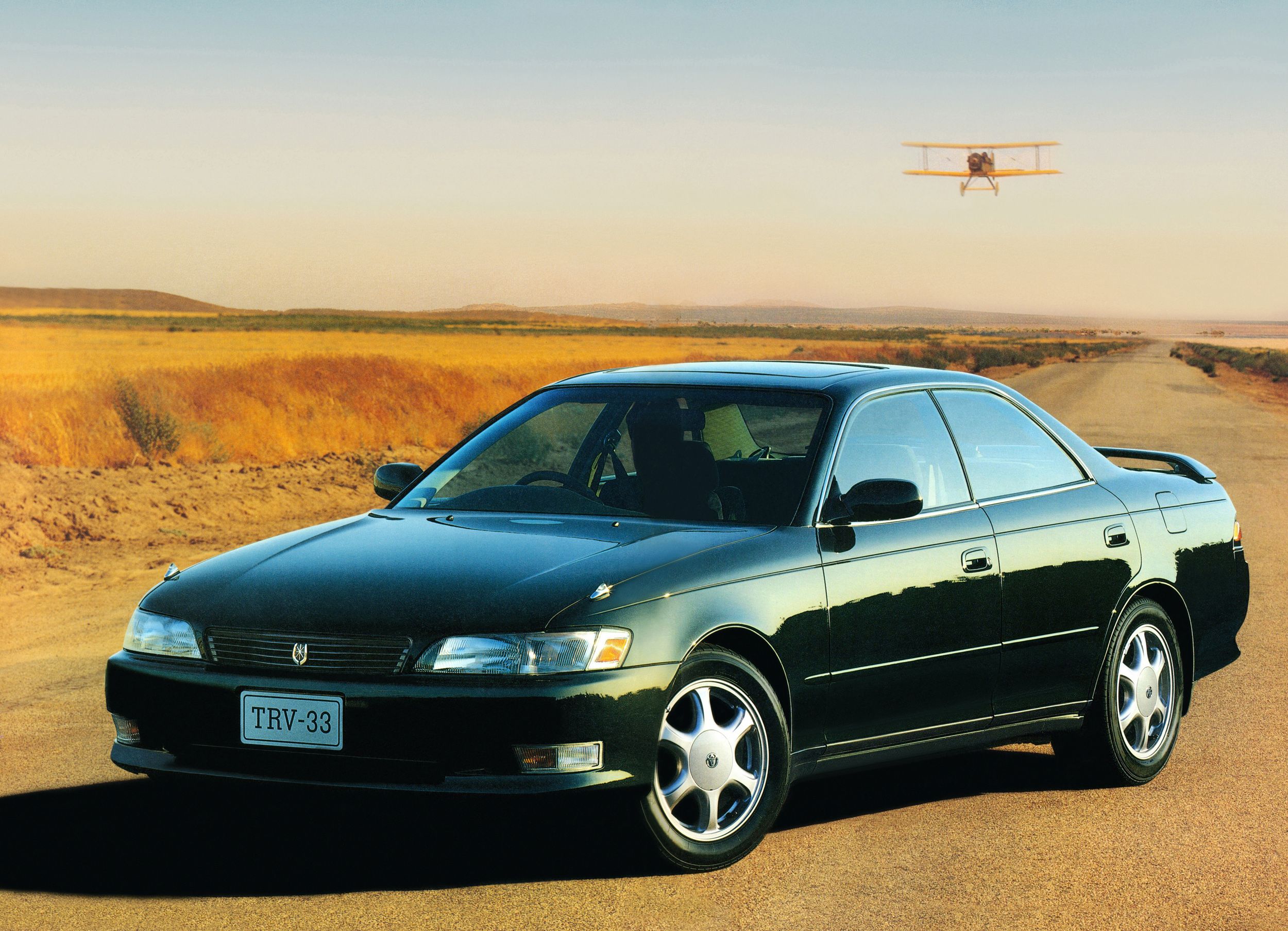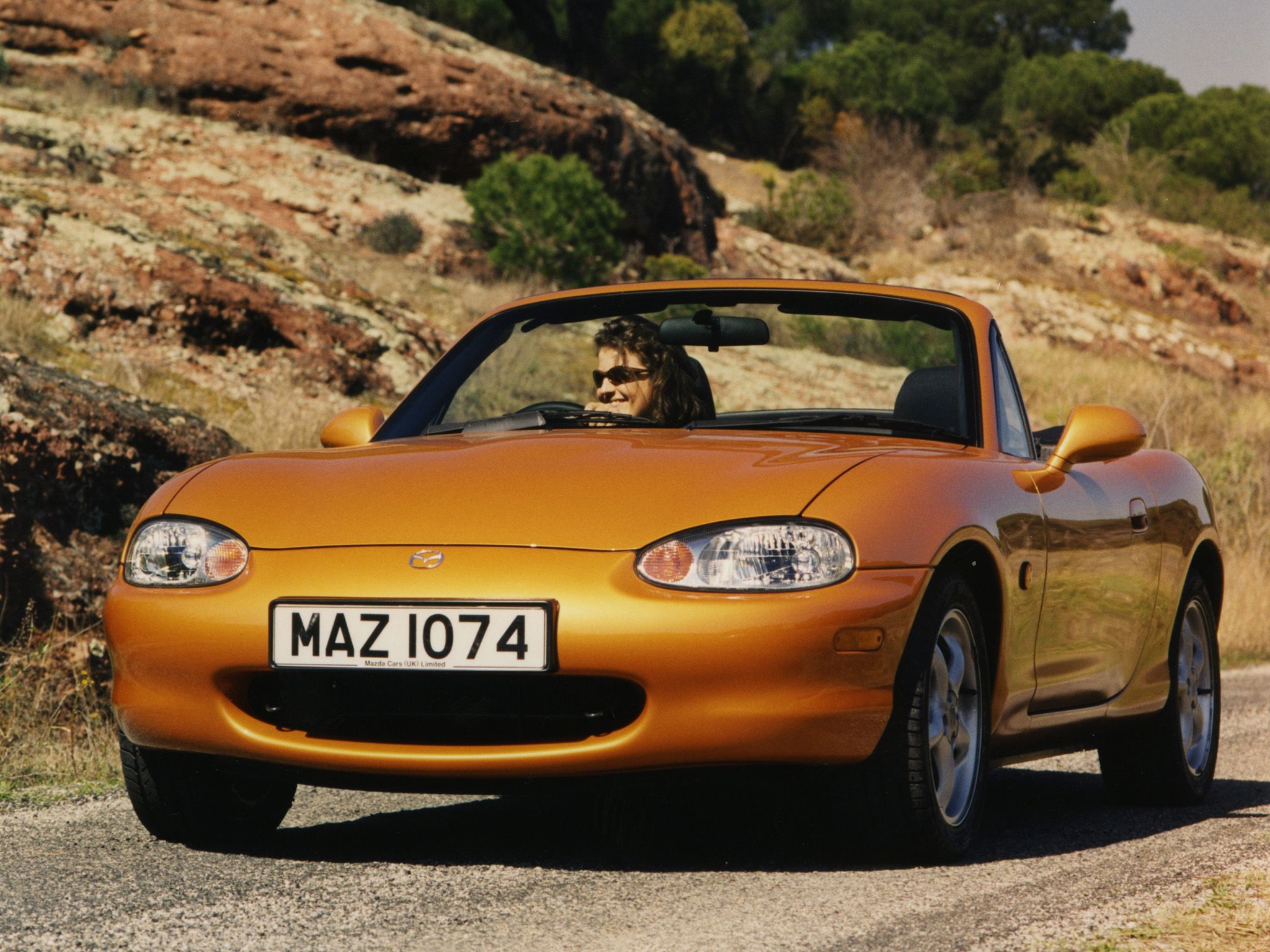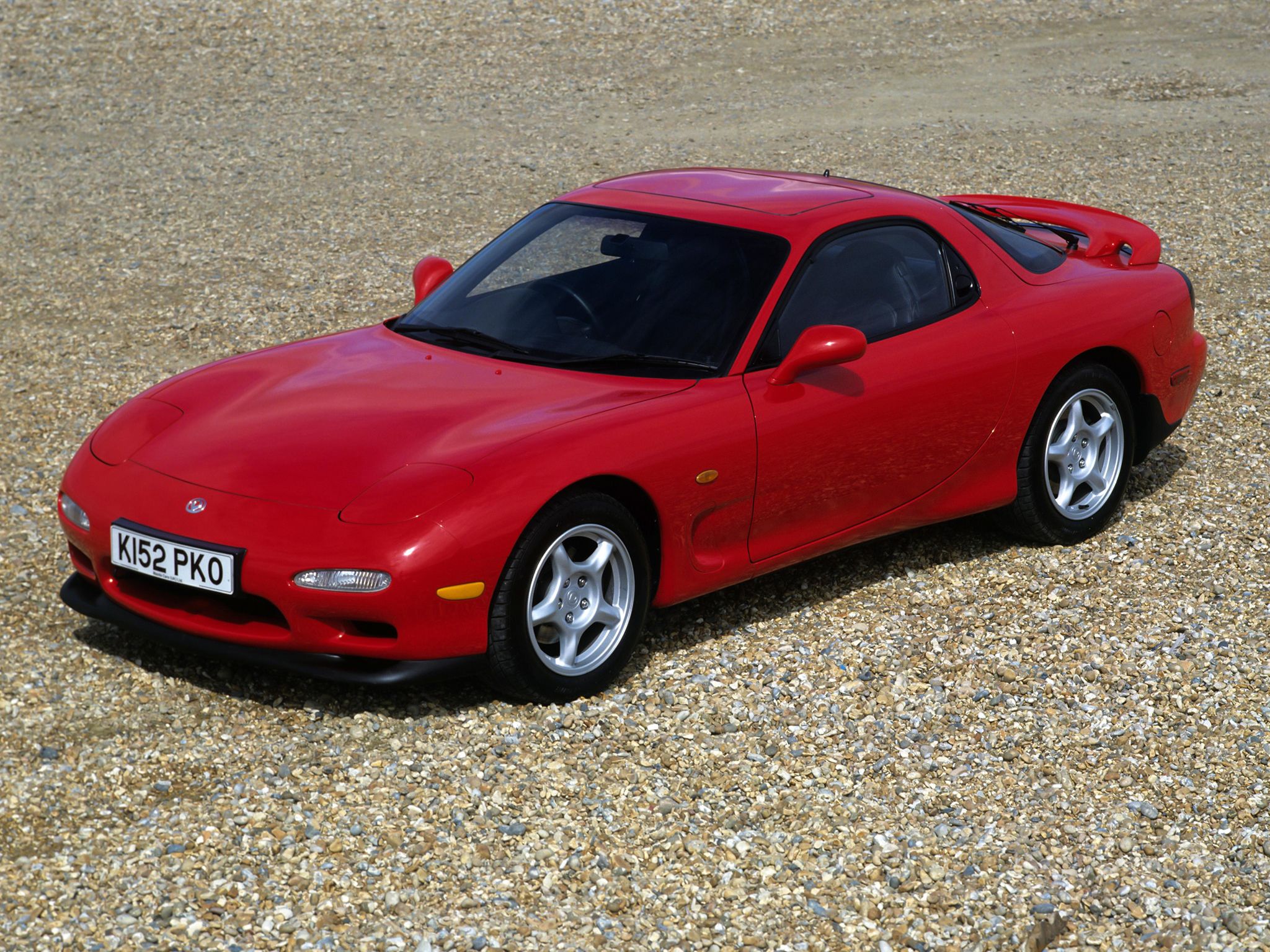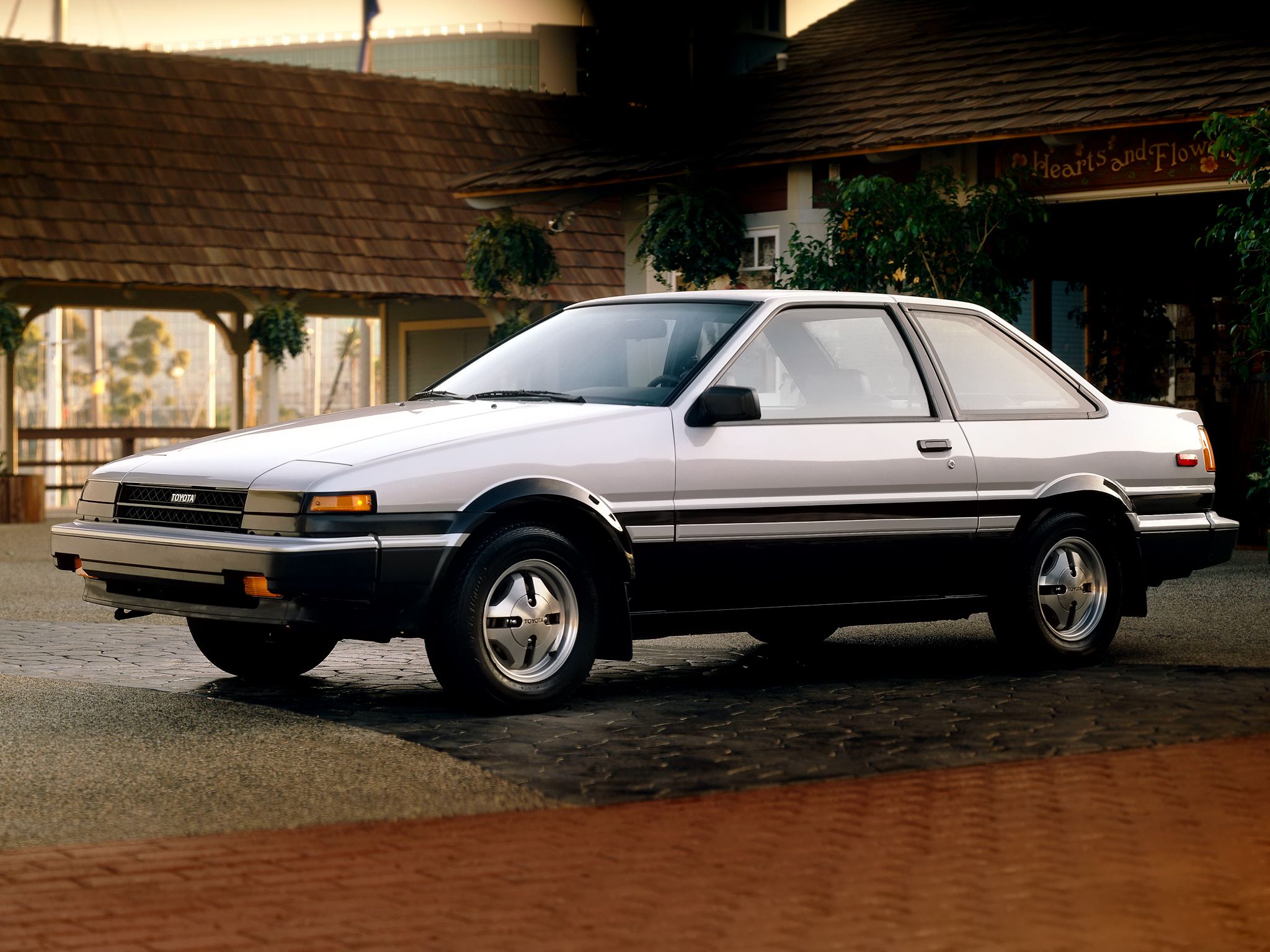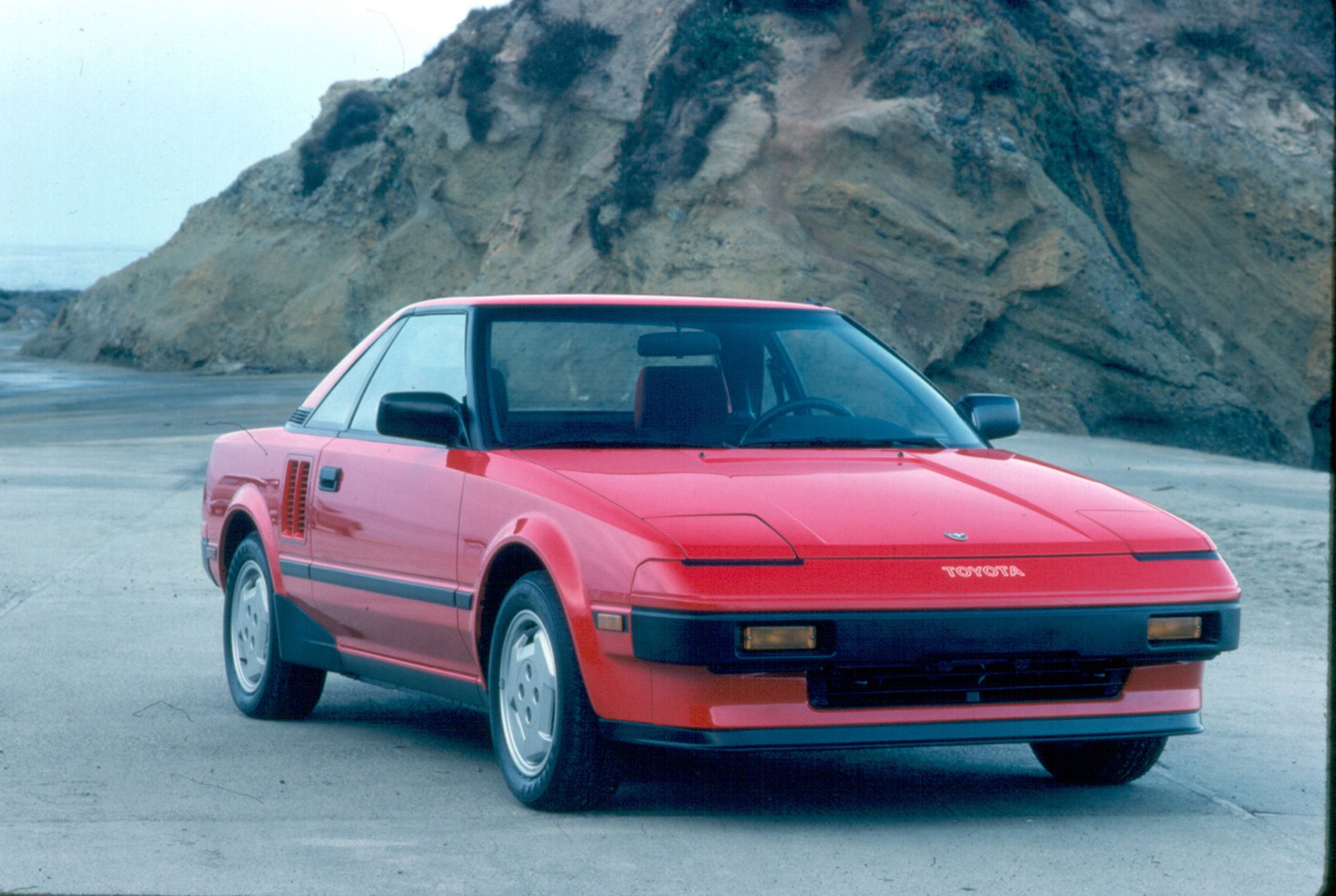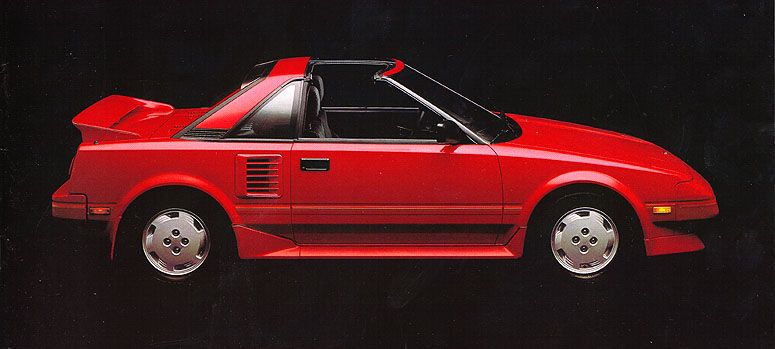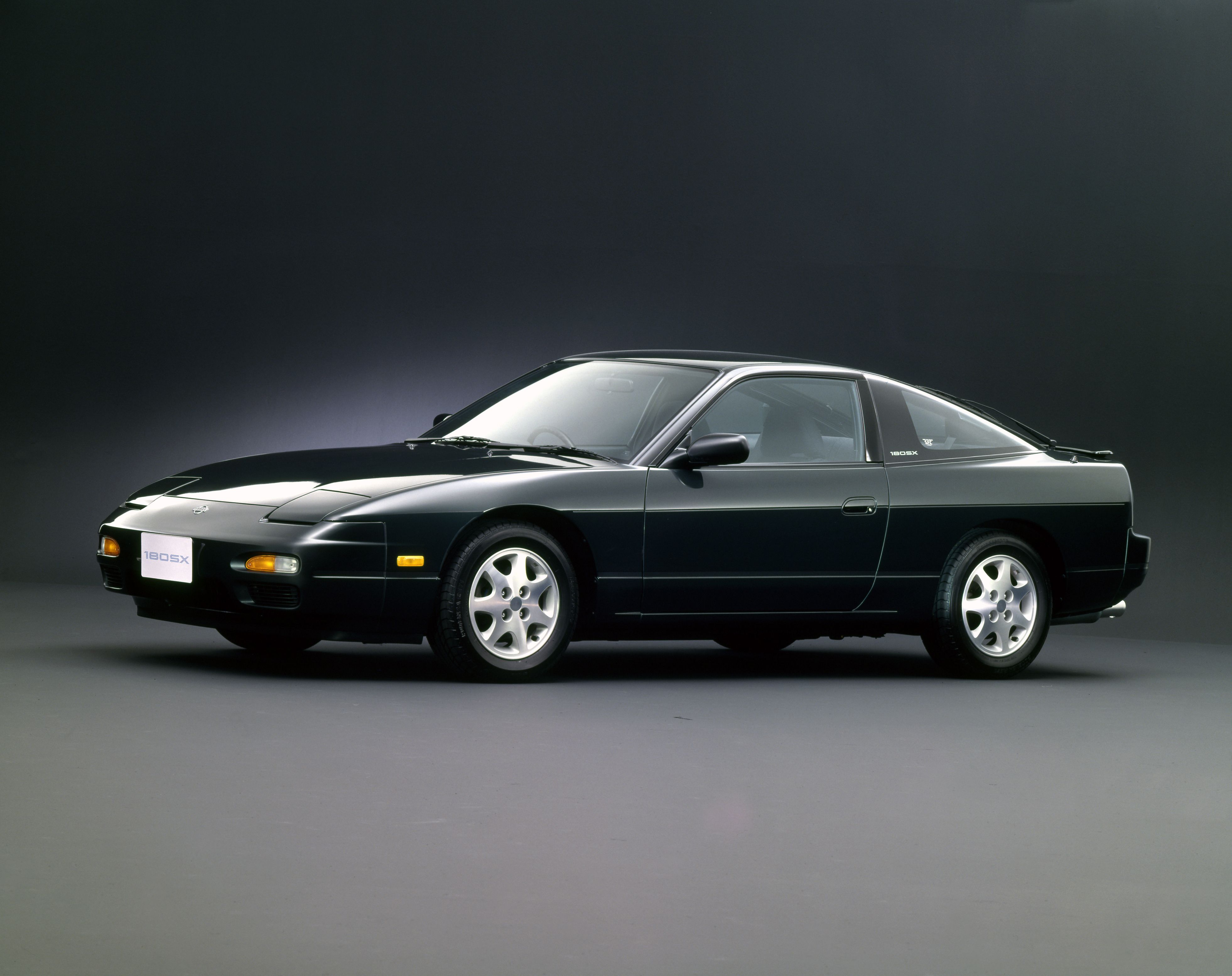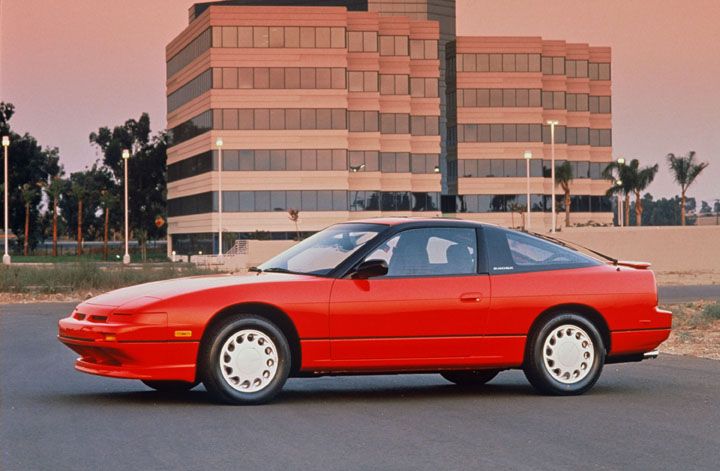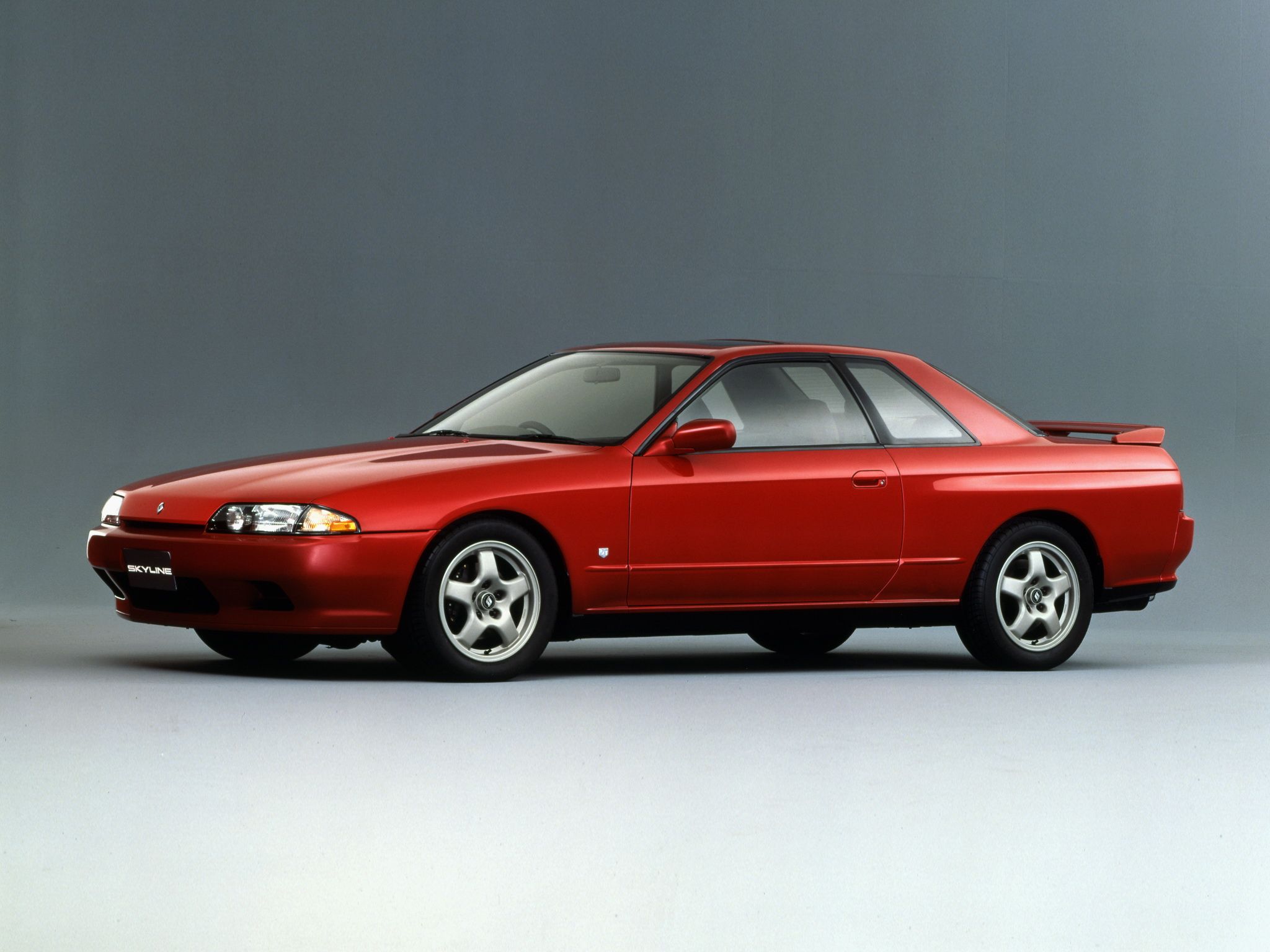Drifting has its roots in Japan. Ask every petrolhead out there about drifting and he’ll tell you it’s something he attempted at least once in his life. Done right, drifting transcends the motorsport discipline status. Done right, drifting is art. Oh, and drifting has nothing to do with that neon underglow BS from The Fast and The Furious: Tokyo Drift.
Contrary to what some might think, speed is not what primarily drives a drift. Sure, you need some amount of power to get the wheels spinning, but to drift properly, it also takes a lot of skill, rear-wheel-drive, and a light platform (a two-ton S-Class will drift, of course, but it’s way harder to handle).
A 50:50 (or close) weight distribution ratio between the axles helps the cause, too. And we get it. The right car doesn’t come cheap. But since physics applies equally to all earthly things, you don’t have to break the bank to find a good drift car. Some used vehicles will definitely do, so let’s explore the alternatives, shall we?
Mazda MX-5 (NB)
The world’s most loved sports car was presented in 1989 at the Chicago auto show and came to the U.S. market as a 1990 model.
In 1994, the 1.6-liter engine was tweaked to displace 1.8 liters. It now made 128 horsepower, but come 1996, it would churn out 133 ponies. Three years later, the second-gen 1999 Mazda MX-5 (NB) was introduced, and minor nips and tucks took the 1.8-liters mill power to 140 horses. A four-speed auto ‘box was also offered, alongside the crisp five-speed manual. A Mazdaspeed version of the Miata NB came in 2004 imbued with a turbo four-pot good for 178 horsepower and a torque-sensing limited-slip differential.
You can get a pre-loved Mazda MX-5 NB for around $6,000.
Mazda RX-7 (FD)
We are, however, interested in the third iteration of the RX-7. Power came from a twin-turbo 1.3-liter Wankel rotary engine. The turbos were developed by Hitachi as part of a complex sequential setup: one turbo provided 10 psi of boost from 1,800 rpm to 4,000 rpm, while the second kicked in at 4,000 rpm, to maintain the same boost value to redline. In 1993, when the FD model debuted, it packed 252 horsepower, but by 2002, power went up to 276 horsepower. That aside, the RX-7 was light, nimble, rear-wheel-driven, and a charm to handle, so it quickly rose as the ultimate drifting machine for many aficionados.
Mind you, thought, the RX-7 FD is quite hard to find, but you can also go for the FC. Used FCs sell for around $6,500 to $9,000 depending on their state and version (convertibles are a tad cheaper).
Toyota Corolla AE86
Often praised for its nimble handling, low weight (2,300 pounds or roughly 1,000 kilos), and perfectly balanced chassis, the Toyota AE86 quickly rose to become an automotive icon. And if you’re wondering what AE86 stood for, here’s the facts: it was powered by a 4A-GE engine, sat on an E-code chassis (E80), and it also was the sixth Corolla variant offered in the lineup at that time. Hence the AE86.
Prices for the AE86 vary a lot. Cheaper used models sell for $10,000, maybe even less for high-mileage ones, but the car’s icon status has boosted prices a lot. These days, you can get a mint-condition AE86 for as much as $23,000.
Toyota JZX-90
To talk about the Toyota JZX-90 means mentioning the Toyota Cressida. Offered in the U.S. until 1992, the Cressida (aka Toyota Mark II) didn’t die entirely. It got to live in Japan, where JDM versions were codenamed JZX-81, JZX-90, and JZX-100, all powered by, you’ve guessed it, JZ engines.
The unit churned out 280 horsepower and the car itself was a declaration of sportiness, as it packed a reinforced body, sports suspension, and a bunch of optional features that included the likes of a Torsen limited-slip diff and five-speed manual transmission (for those who don’t want a four-speed auto doing their shifting). As of 2018, the Toyota Mark II JZX-90 can be legally imported in the U.S.
A drift-prep JZX-90 that’s been abused a lot can cost as much as $12,000, but a bone-stock model in tip-top condition might go well above $23,000.
Toyota MR2
The former powerplant made 130 PS (128 hp) at 6,600 rpm, while the latter was good for just 83 PS (82 hp) at 5,600 rpm. Depending on the engine choice, the MR2 tipped the scales at either 940 kilos (2,072 pounds) or 920 kilos (2,028 pounds).
Come 1988, a more powerful, supercharged engine was dropped inside the MR2. It churned out 145 horsepower at 6,400 rpm, but it also bumped up the sports car’s weight to 2,494 pounds (1,131 kilos).
Prices for used MR2 models range from $8,000 to $10,500.
Read our full review on the Toyota MR2
Nissan 180SX
The Nissan 180SX was concocted as a sister model to the Silvia.
Like many other Japanese cars, the 180SX hides its intricacies in its name, a reference to the CA18DET engine displacing 1.8 liters. The same unit was upgraded in 1991 and turned into a 2.0-liter mill – the SR20DET, but the 180SX name was retained. The new engine was offered in two flavors: naturally-aspirated and turbocharged. The first CA18DET-powered cars packed 175 horsepower, while 2.0-liter models churned out 202 horsepower and were fitted with larger brakes and limited-slip differentials.
Used Nissan 180SX models can be bought for a sticker ranging from $5,000 to $14,000.
Nissan 240SX (S13)
The 240SX S13 packed 150 horsepower and 152 pound-feet of twist and was updated in 1991 with 155 horsepower and 160 pound-feet of torque. Optionally, you could fit it with a limited-slip diff and Nissan’s HICAS four-wheel steering. Although it tipped the scales at around 2,700 pounds, the 240SX was considered by some a tad underpowered, but as we all know, a lot of tuners managed to solve that issue and turn their S13s into mean drifting machines.
You should be able to find a decent to good Nissan 240SX on the used car market for around $3,000 to $11,000. Keep in mind that quality and condition improves as the sticker goes up.
Nissan Skyline R32 GTS-T
However, Nissan also offered rear-wheel-drive R32s and one of the best you could get was the R32 GTS-T, basically the GT-R’s less popular cousin, which sat the top of the RWD R32 lineup. The GTS-T used a 2.0-liter RB20DET turbocharged straight-six engine rated at 212 horsepower and 195 pound-feet of twist. It’s also lightweight and equally important, very reliable.
You can get a GTS-T for $9,000, more or less, buy you’ll have to be patient and move quickly when the opportunity presents itself, as these cars are rather rare.
BMW E46 M3
The third-generation BMW M3 came in 2000. It debuted BMW’s automated manual gearbox (SMG), packed a straight-six like its predecessor, and was sold in no less than 85,000 units. That made it the most successful BMW M model to date. Plus, this means more cars you can pick from in the used market.
The E46 M3 was blessed with the S54B30 engine, a 3.2-liter unit derived from the E36 M3’s beating heart.
You can get your used E46 M3 for anything between $8,000 and $11,000.
Read our full review on the BMW E46 M3
BMW E36 M3
It’s pretty obvious that the BMW E36 M3 isn’t the most beautiful M-badged car we’ve known.
The facelifted E36 M3 got a bigger engine, that displaced 3.2 liters. Power went up to 321 horsepower, allowing the M3 to zap from 0 to 62 mph in 5.5 seconds. The rear wheels got the engine’s grunt through a six-speed manual. It’s also worth mentioning that BMW also offered the E36 M3 GT and the E36 M3 Compact prototype. The former was limited to just 350 units and had aluminum doors for less overall weight as well as stiffer shocks and an M strut brace. The latter came with Recaro seats and a roll bar, as well as a four-pipe exhaust, but never made it to production. The E46 M3 would pick up the exhaust configuration, though.
The E36 is cheaper, so decent models can be had for as little as $5,000.
Read our full review on the BMW E36 M3

